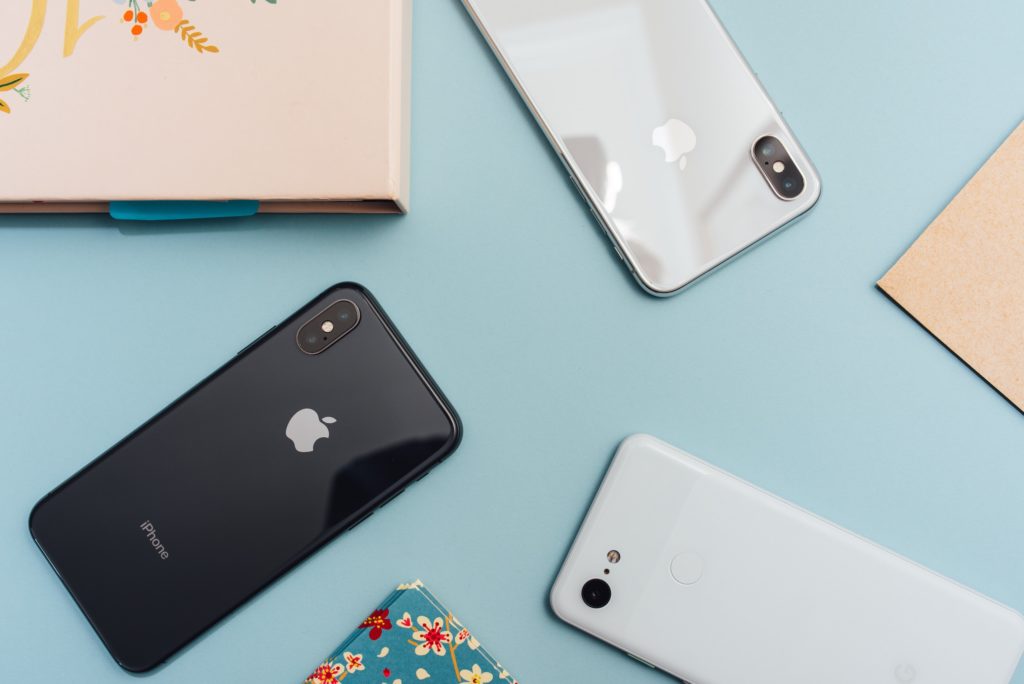
Way back in 1984, Apple’s founder, the iconic Steve Jobs, said “I’ve always thought it would be really wonderful to have a little box, a sort of slate that you could carry along with you.” 23 years later, he would launch the iPhone. 15 years later, the American tech behemoth launched the 14th generation of the iPhone, and it’s safe to say that Mr. Jobs was lightyears ahead of the curve.
Prior to the release of the now iconic device, Jobs also said “I think the iPhone may really change the whole phone industry, I think that this is where the world’s going.” And let’s face it, he wasn’t wrong. During the calendar year of 2022, the iPhone held a 27% share of the smartphone industry, back in 2007, Jobs said that he would be happy with just a 1% share of the industry.
And it isn’t surprising that the iPhone has truly taken over. The device is as smart as they come, with the virtual assistant Siri helping its users on a daily basis. With its optimal convenience, the iPhone has given its users access to entire casinos via platforms like SlotsLV in their pockets – 24 hours a day, seven days a week.
The iPhone continues to improve and impress. The newly released 14 series have the fastest internal chips ever implanted into a smartphone, as well as force and motion detectors, which can detect if you have been in a crash or accident.
The iPhone is one of the most iconic and revolutionary devices of the modern era. Since its debut in 2007, Apple has released several iterations of its beloved device, each of them becoming a best-seller. Let’s take a look through some of the phones of older generations, and the technological advancements they made.
The First Five Generations
The original iPhone was the first step in Apple’s journey to smartphone domination. It featured a 3.5-inch touchscreen, an accelerometer, a proximity sensor, and access to Apple’s App Store. It was a revolutionary device that changed the way people interacted with their phones.
The iPhone 3G was released in 2008 and was the first iPhone to feature 3G connectivity. The device was also the first to feature GPS and the App Store, which allowed users to download apps and games for their devices.
The iPhone 4 was a huge leap forward for Apple. It featured a higher-resolution Retina display and a front-facing camera, allowing users to take selfies and video chat with friends. The device also featured a dual-core processor, making it much faster than its predecessors.
The iPhone 5s was the first iPhone to feature a 64-bit processor, making it the most powerful iPhone yet. The device also featured a fingerprint scanner, allowing users to unlock their phones with their fingerprints.
iPhone Six Onwards
The iPhone 6 and 6 Plus were released in 2014 and were the first iPhones to feature larger displays. Both devices also featured Apple’s new A8 processor, which made them faster and more capable than ever before.
The iPhone 7 was released in 2016 and was the first iPhone to feature water resistance. The device also featured a dual-lens camera, allowing users to take amazing photos with their phones.
The iPhone X was released in 2017 and was the first iPhone to feature an edge-to-edge OLED display. The device also featured a facial recognition system, allowing users to unlock their phones with their faces.
The iPhone 11 Pro and 11 Pro Max were released in 2019 and featured a triple-lens camera system and a new A13 processor, making them the most powerful iPhones ever released.
Controversies
Apple has faced its fair share of controversies over the years, from accusations of planned obsolescence to concerns about data privacy. Some of the bigger scandals surround Apple making their products rely solely on their own software and hardware. For example, when iOS 4 was released, the system prohibited the use of commonly used programming software such as Adobe Flash, which severely hindered the user experience.
Add to that the decision to remove an AUX import and create its own specific chargers and power banks, the company has had its fair share of critics.
Then there was the infamous ‘batterygate’ which saw millions of iPhone users’ devices slow down considerably with newer releases of operating systems. 33 states in the US claimed that Apple had intentionally made the new OS hinder the battery life performance of older models to ensure that users would purchase new iPhones. It was a case that made international headlines and resulted in Apple forking out $113m in a settlement to quash the allegations.
However, despite its many allegations and controversies, the company has continued to innovate and release new devices that have become some of the most popular smartphones of all time.
